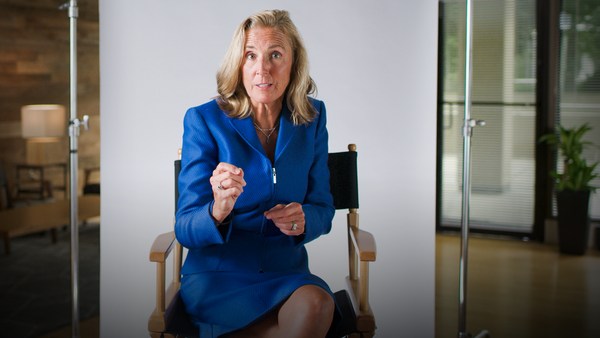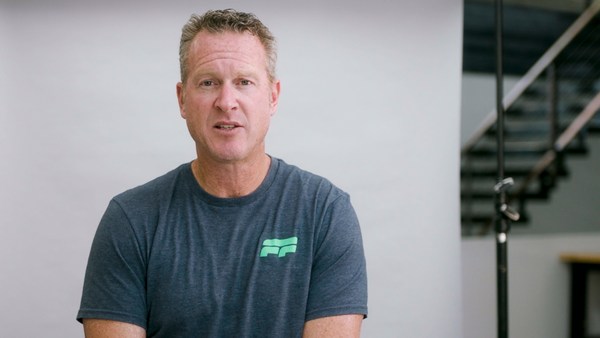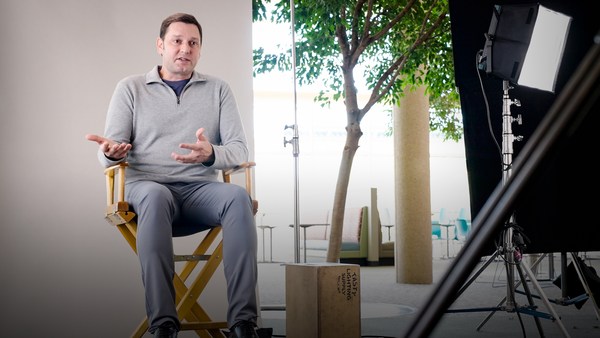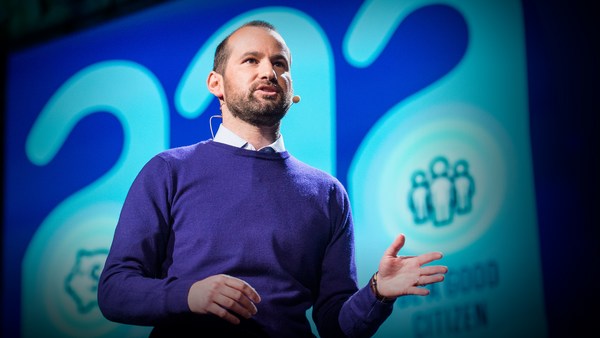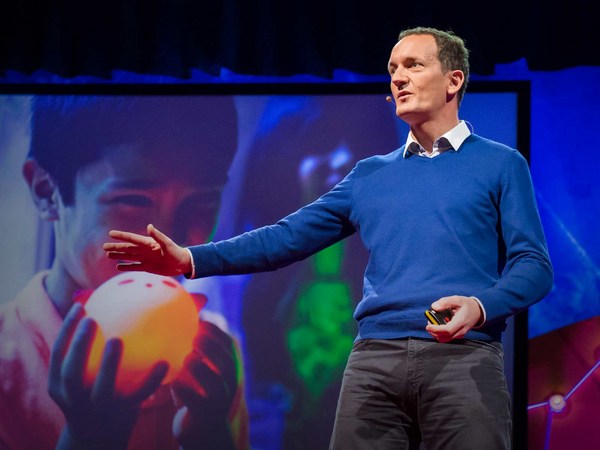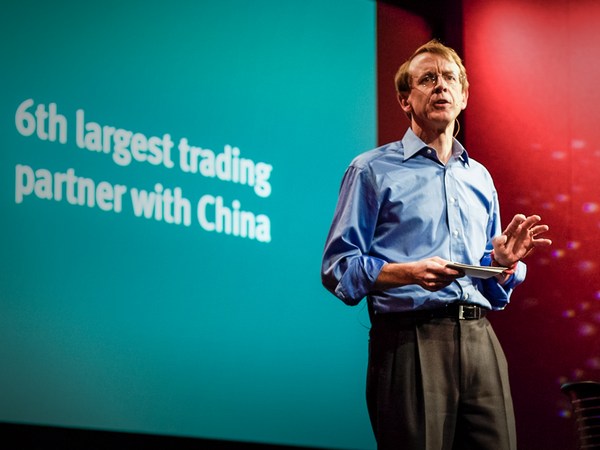It sounds simple, just power your business with 100 percent renewable energy. But the detail that goes in and the industry expertise that's required to really understand not just how much energy you're consuming across different parts of your business, but also what's the best and most cost-effective way to drive new wind and solar to the grids around the world. It's complicated, and not everybody has the opportunity to build an internal team of energy experts. It really comes back to the opportunity to partner.
[In the Green: The Business of Climate Action]
[Presented by TED Countdown The Climate Pledge]
[Chris Roe; Company: Amazon; Location: USA]
When you take a step back and think about Amazon as a company, it's a complicated place. We operate data centers, distribution centers, warehouses, commercial offices, grocery stores, and all of these different types of operations have a different set of challenges that we're trying to tackle.
We set this goal to get to 100 percent renewable energy by 2030. We started off with questions like, “How much energy did we use in India last year, or last month, or yesterday?” Understanding our usage across time and across geographies, and then mapping that against where are the available solar and wind projects that we could possibly invest in and then figure out where can we be a catalyst to really drive new clean energy to the grids where we operate. We realized very quickly that we cannot go at this alone.
We needed to galvanize collective action across the entire economy, and that’s why we launched The Climate Pledge which is really just that, it’s a pledge and a commitment to get to net zero in alignment with climate science, but an invitation to partner and a collective call to action for other companies to take part in this journey with us.
So when we set out our second headquarters location in Arlington, Virginia, we tried to think about how are we going to power this new campus with 100 percent renewable energy. We got to know Arlington County and realized they also had a commitment to power their government buildings, as well as the entire community, with 100 percent renewable energy over time. So that instant partnership allowed us to come together and say, “What are some cool options that we can explore together to bring new renewable energy to Arlington?”
We took a step back to evaluate how much power will this campus consume? How much power will our local Whole Foods stores, our distribution center stores consume? We were able to add that all up and then talk to the county and ask them the exact same questions. How much power do you need to achieve your clean energy goals? And so we combined those numbers and really came to Dominion, the local utility provider, with the need of basically a 120-megawatt solar farm [to] meet all of our needs. We were able to strike an agreement that would allow us to bring that 120-megawatt solar farm online that would eventually feed the grids that feed government buildings, Amazon stores, as well as our new campus in Arlington.
When we started our journey, we were at 42 percent renewable energy in 2019. And fast forward to today, we're powered by 85 percent renewable energy across the world. We have a chance to accelerate that commitment to get to 100 percent renewable energy from 2030 down to 2025.
We have more work to do, but I think the proof points we have with renewable energy give us a blueprint on how we can attack other parts of the climate crisis yet to be solved. How do we decarbonize concrete in our buildings? How do we think about aviation from a zero-carbon perspective? How do we know what our buildings consume, how do we know where we need to get to to hit our goals?
Amazon wants to get to net zero because we don't have an option. The climate science is clear. We need partnerships to drive change at scale that's really going to drive carbon out of our global economy. And that was really the spirit of The Climate Pledge and a call to action to solve the climate crisis.
